I can see how to define a custom continuous random variable class in Scipy using the rv_continuous class or a discrete one using rv_discrete.
But is there any way to create a non-continuous random variable which can model the following random variable which is a combination of a normal distribution and a discontinuous distribution that simply outputs 0?
def my_rv(a, loc, scale):
if np.random.random() > a:
return 0
else:
return np.random.normal(loc=loc, scale=scale)
# Example
samples = np.array([my_rv(0.5,0,1) for i in range(1000)])
plt.hist(samples, bins=21, density=True)
plt.grid()
plt.show()
print(samples[:10].round(2))
# [0. 0. 0. 0. 0. 0. 2.2 0.07 0. 0.12]
The pdf of this random variable looks something like this:
[In my actual application a is quite small, e.g. 0.01 so this variable is 0 most of the time].
Obviously, I can do this without Scipy in Python either with the simple function above or by generating samples from each distribution separately and then merging them appropriately but I was hoping to make this a Scipy custom random variable and get all the benefits and features of that class.
